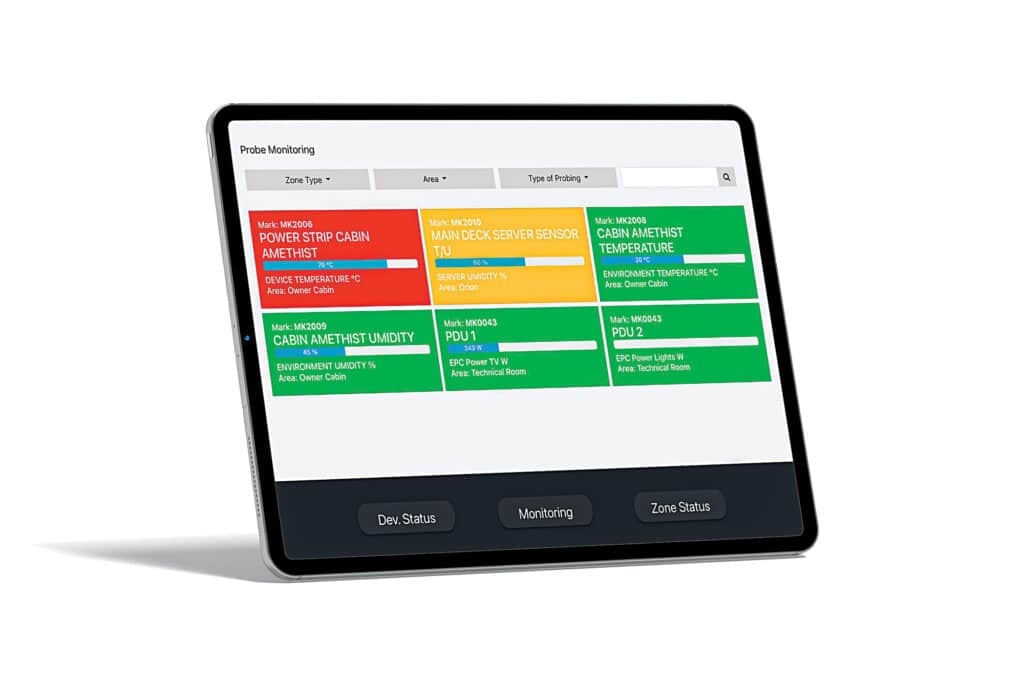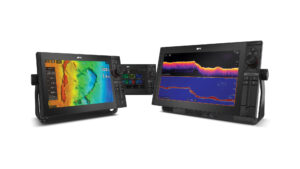
The software-defined wide-area network from Videoworks is a way of combining various technologies to link yachts to the internet with a signal similar to the one at home or in an office. SD-WAN uses several third-party-built connections—including 4G/5G cellular, Starlink or OneWeb, VSAT-GEO and shore-based Wi-Fi—to yield fast, stable, reliable and cost-effective data transmissions.
SD-WAN uses two software-based virtual machines (one is yacht-based; the other is cloud-based) to create a two-way communications tunnel with the internet. SD-WAN also can bond discrete protocols to yield a georeferenced connection with increased bandwidth and stability.
Alessio Musetti, Videoworks’ yachting sales manager, says the company faced numerous challenges while creating SD-WAN. These include combining different connectivity technologies that have different bandwidths in different regions, optimizing cloud services, guaranteeing 24/7/365 service and creating an at-home-like internet experience aboard yachts at sea.
While these hurdles were high, Musetti says Videoworks cleared them by creating a platform that harnesses the best connectivity technologies afloat, including virtual machines, the Linux OS and various web interfaces.
Behind the Connection
SD-WAN can channel-bond discrete communicators’ protocols with similar latencies (such as 5G and Starlink) by splitting internet packages across all connections and then reaggregating them on the opposite end. On the back end, Videoworks maintains a network-operations center that allows it to monitor and improve the network. The SD-WAN is flexible, and, because it’s software, it’s easily upgradable by Videoworks.
Take the next step: videoworksgroup.com









